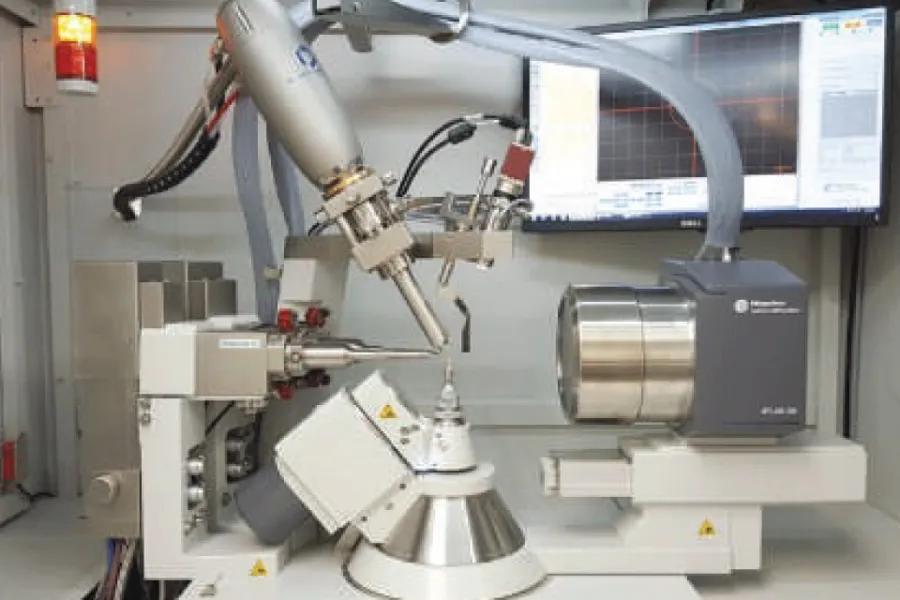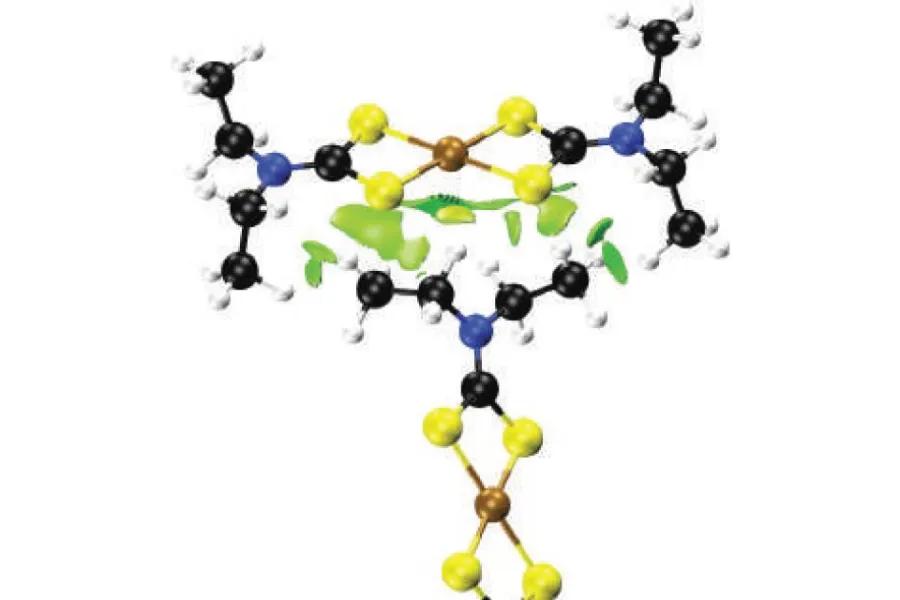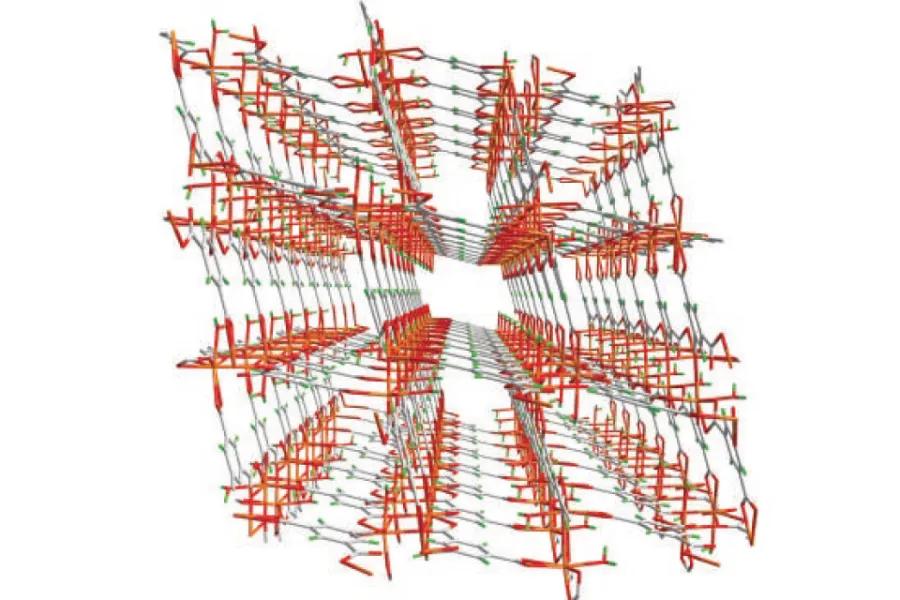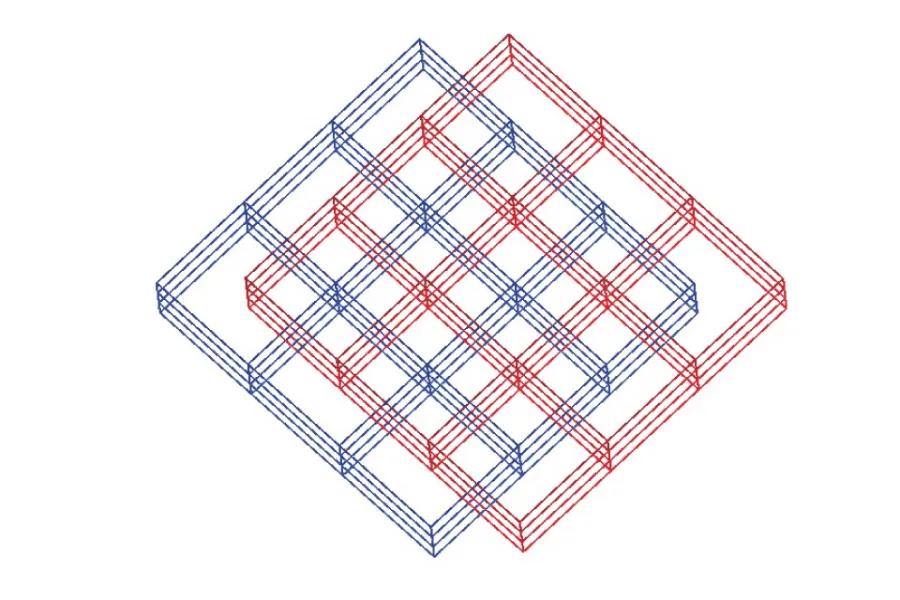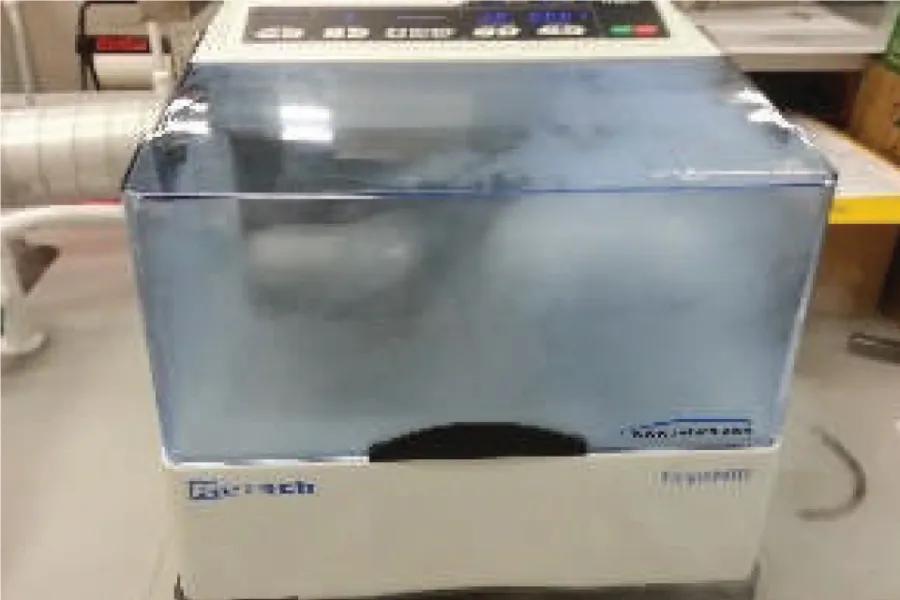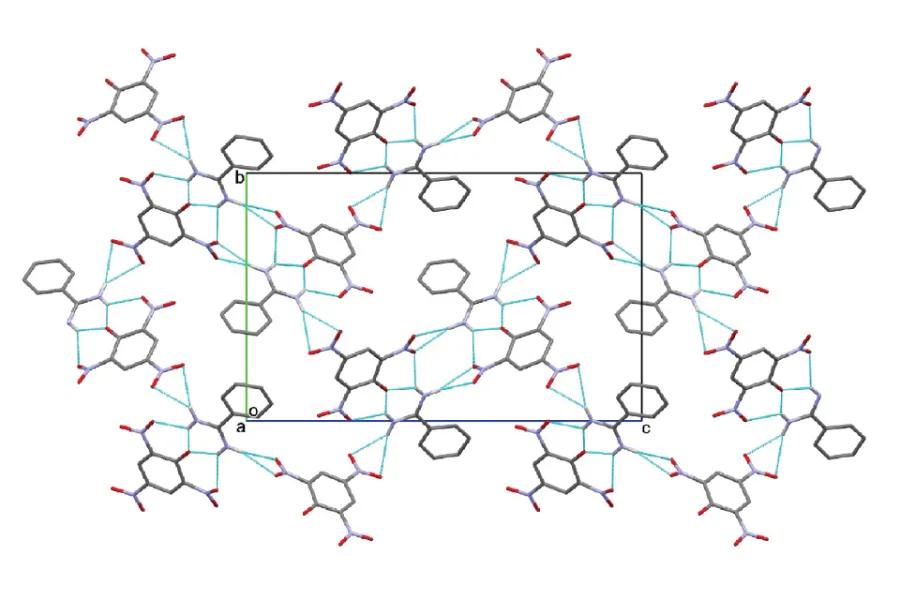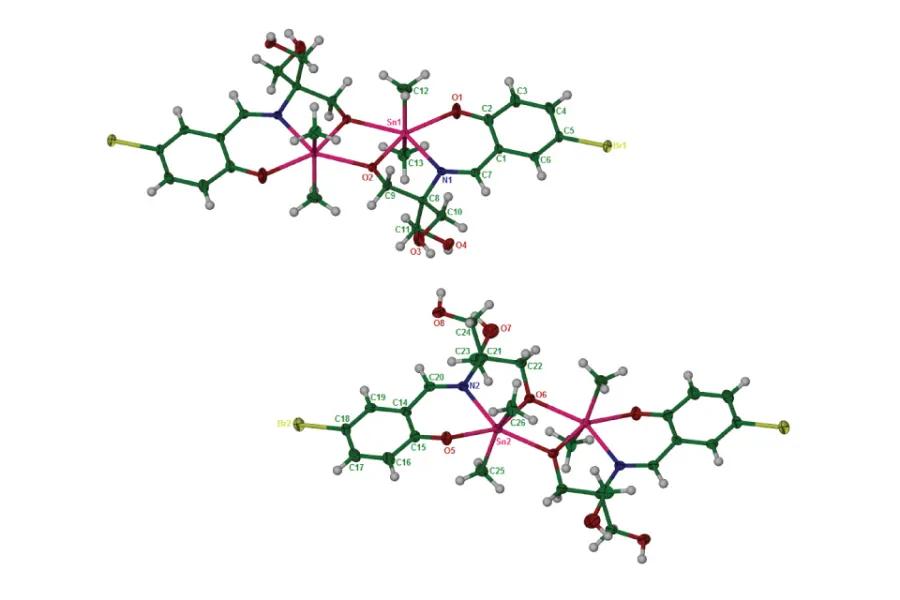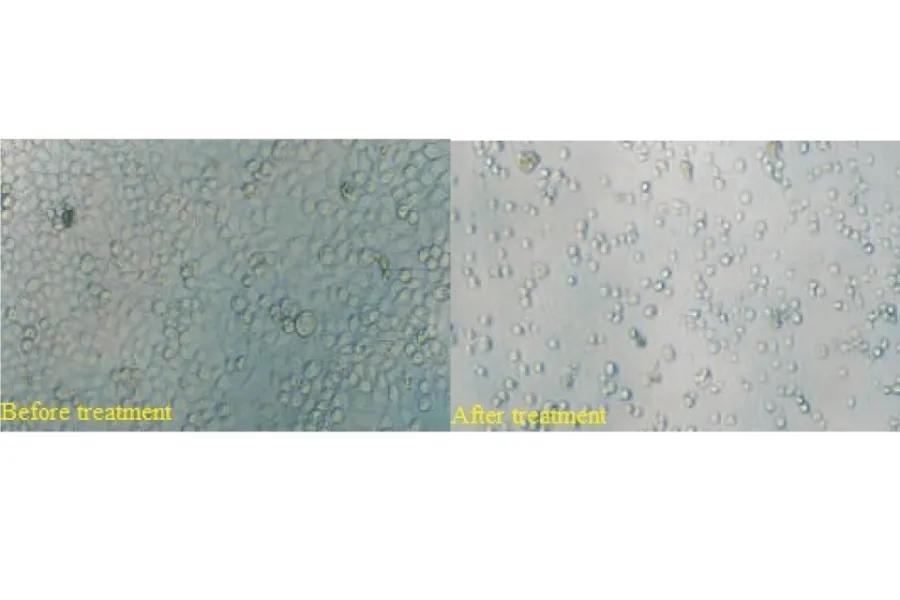Featured Projects
Delineating the factors behind how molecular crystals are formed
This project involves a careful analysis of the molecular packing in a systematic series of crystals, and aims to reveal repeated close points of contact between neighbouring molecules. This project also engages in analysis of the supramolecular architectures these molecules sustain, and computational chemistry designed to understand the nature of the identified interactions and the energies they contribute in crystals where they are observed. Knowledge gained from this project will contribute to the fundamental question in molecular crystallography — how do molecules form crystals?
Porous metal-organic species for gas storage/separation
This projects aims to rationally design three-dimensional crystals with well-defined pores for gas capture. The focus is upon hybrid materials constructed using coordinate bonds operating in cooperation with other intermolecular interactions, primarily hydrogen bonding. By the rational design of organic spacer molecules, pores with non-conventional shapes can be achieved to enhance selective encapsulation of greenhouses gases for environmental remediation.
Co-crystal formation for “new forms of old drugs”
The formation of molecular co-crystals is largely motivated by the desire to enhance the efficacy of active pharmaceutical ingredients (API). In what may be described as the non-covalent derivatisation of an API, rejuvenated drugs can be achieved by coupling the drugs to a non-harmful conformer (i.e. a Generally Regarded As Safe (GRAS) molecule). In this way, the chemical and physical properties of the original API may be enhanced to prolong their use for the benefit of patients.
Metal-based drugs
The main focus of this project is to generate new and effective drugs. Heavy-element compounds offer great opportunities in drug development for the benefit of the sick and there are many such species in contemporary pharmacopoeia. However, research in this area remains the purview of relatively few research groups as compared to research into all-organic species. Current projects in this area involve the synthesis of gold, copper, silver, antimony, bismuth and tin compounds for the development of antibacterial agents and better anticancer drugs. Over and above the generation of new compounds and full physicochemical characterisation, the emphasis of this project is multidisciplinary in that preliminary mechanisms of action studies are undertaken such as time-kill pharmacokinetics (antibacterial) and mechanisms of cell death (anticancer).



